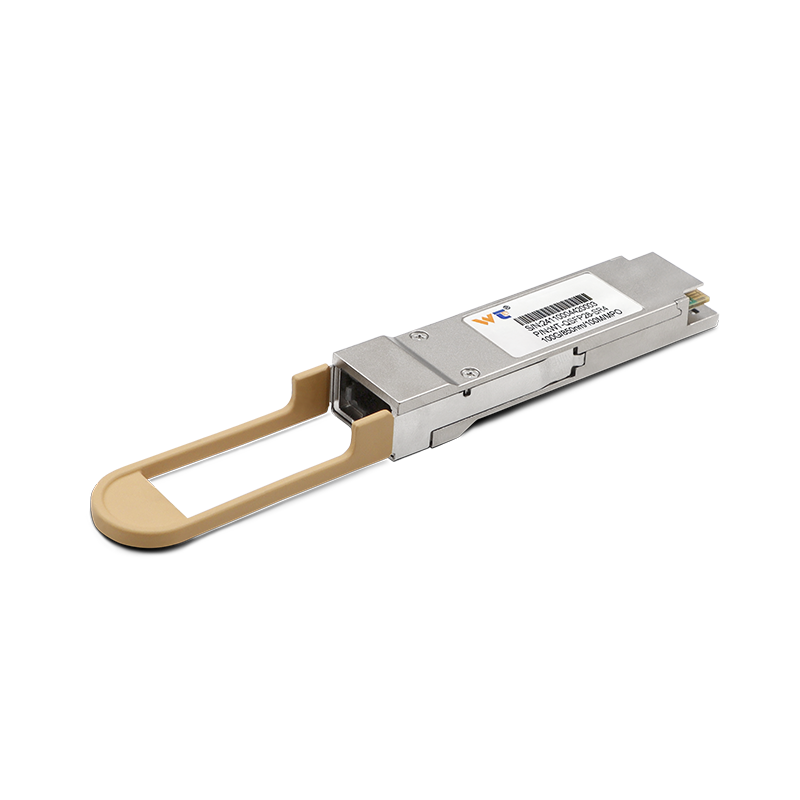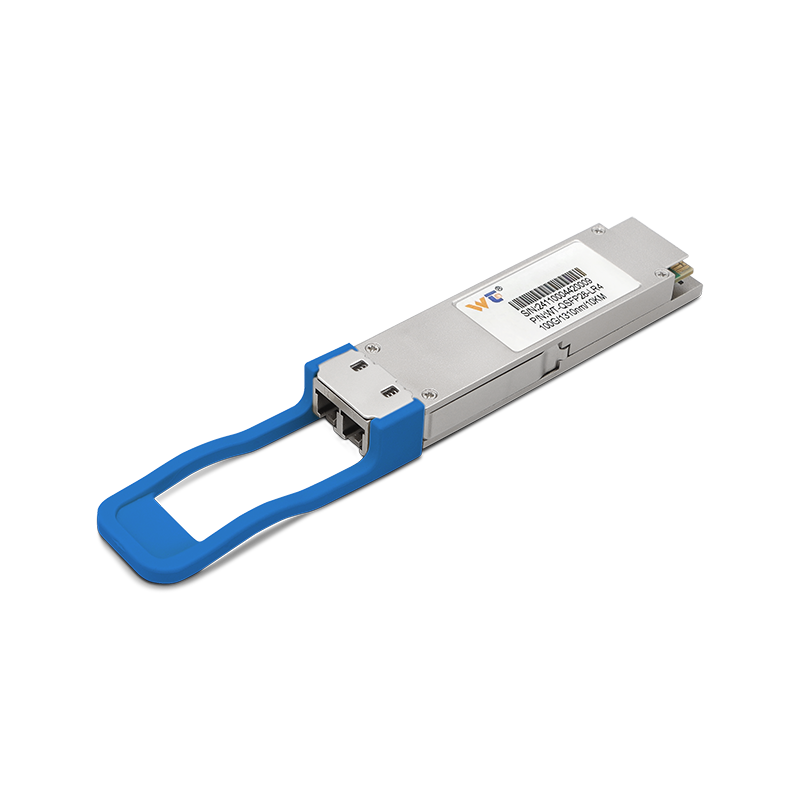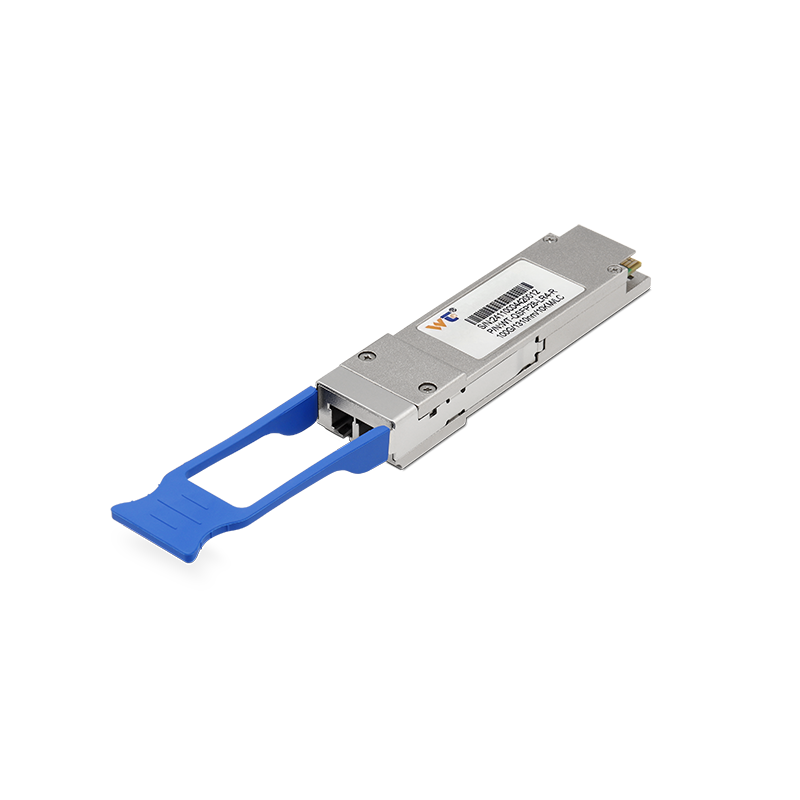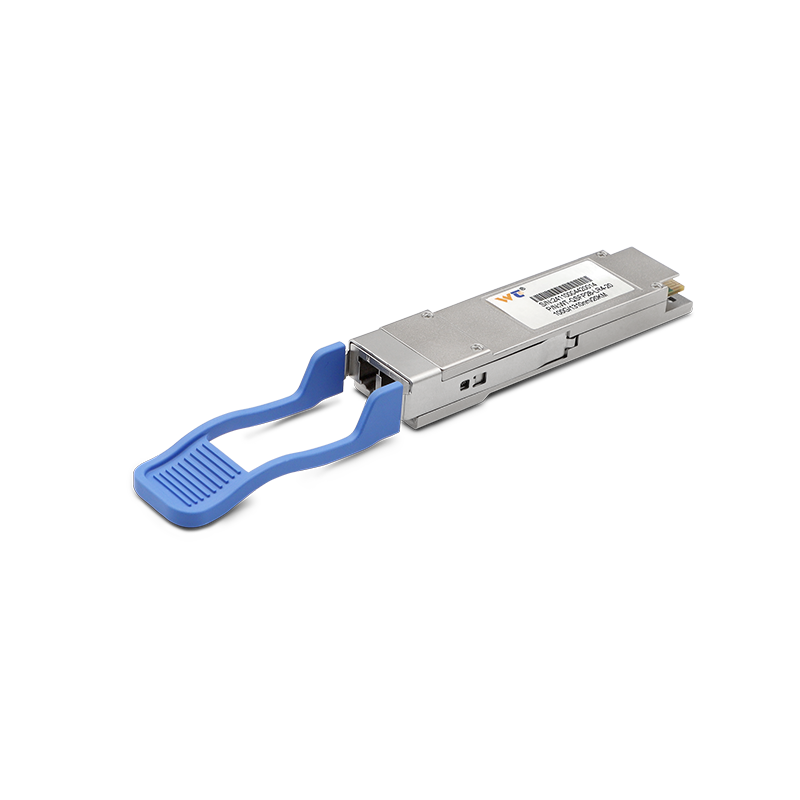In today's fast-paced and ever-changing landscape of network engineering, grasping the intricacies of connectivity is absolutely essential. Often, professionals find themselves asking a critical question: If a ping to a device comes back positive, can we confidently say that TCP connections are going to work too? Well, dear readers, let’s break this down together. Whether you’re wrestling with a tricky connection issue or just keen on expanding your tech knowledge, you’ve stumbled upon the right discussion.
When you ping a device, you're essentially firing off Internet Control Message Protocol (ICMP) echo requests. Think of it like sending a friendly greeting to see if the device is alive and kicking on the network. A successful response feels reassuring—it tells us the target is indeed up and reachable. But here’s where things get a little tricky: this straightforward test doesn’t cover the complexities that might prevent TCP from functioning smoothly. You see, ICMP and TCP operate on different layers of the OSI model. So, while ICMP might work perfectly, you could still face hurdles at or above the transport layer. Firewall settings, blocked ports, or poorly set up services might be lurking, stopping TCP from making that all-important connection—even when the ping suggests everything is hunky-dory.
To really grasp this scenario, let’s dive a bit deeper into both protocols. ICMP is primarily about sending error messages and operational info, rather than delivering actual data. On the flip side, TCP needs a three-way handshake to establish a solid connection, ensuring reliability and orderly data transfer. In simpler terms, while a successful ICMP ping gives you a thumbs-up that a device is reachable, it doesn’t guarantee that protocols further up the stack, like TCP, will communicate effectively.
Getting this distinction right is crucial for network engineers; it defines the roadmap we follow when troubleshooting problems. First up, you should check if the TCP port on your destination device is actually open and reachable. The responses might differ widely depending on configuration and security measures. Next, why not whip out tools like Telnet or Nmap to explore port connectivity on both TCP and UDP levels? These tools can provide insights that go far beyond what a simple ping can tell you. And lastly, don’t underestimate the power of application-specific tests. They play a vital role in ensuring end-to-end connectivity, highlighting just how important it is to take a comprehensive view when troubleshooting.
But what if you’re still feeling unsure about the TCP connection status? Here’s a handy tip: Just because ICMP is successful, doesn’t mean all services are accessible. There could be other restrictions lurking on top of that.
When you do manage to establish a TCP connection, then you can breathe a little easier, knowing that the channels for communication are clear. If you’re itching to delve further, consider looking into advanced topics like overlay networks or VPNs. These can introduce their own set of complexities and potential issues into your network design. Getting a solid understanding here opens doors to future research and applications—especially in our current climate where network complexity is only growing.
So, can we really bank on connectivity being guaranteed just by a simple ping? This question keeps us questioning and seeking deeper evidence beyond preliminary tests.
When ICMP succeeds but TCP fails, it’s time to reevaluate those network layers and pinpoint any potential blocks or misconfigurations. Turning to alternative network monitors, combined with a grasp of layered intricacies, can be super helpful here.
In the grand tapestry of network management, assessing connectivity across different layers helps us achieve a fuller understanding of how healthy our networks are. Don’t hesitate to apply various protocols and methods; they offer a much clearer picture of what’s really going on “under the hood.”
To wrap this up, the interplay between ICMP responses and TCP connection viability is anything but straightforward. While a successful ping tells us a device is reachable, it certainly doesn’t guarantee that all communication pathways are wide open or that every service and port is responding as it should. Embracing a comprehensive approach to connectivity testing can seriously amp up your troubleshooting efficiency and overall network performance. By focusing on thorough evaluations and understanding those subtle behaviors of protocols, network engineers can skillfully navigate complex issues, ensuring our networks remain robust and responsive. Remember, in the realm of networking, appearances can be deceiving; that ping might just be the first step in a much deeper investigation. Dive into those complexities, and let your journey of discovery lead you to a richer understanding of network connectivity.






